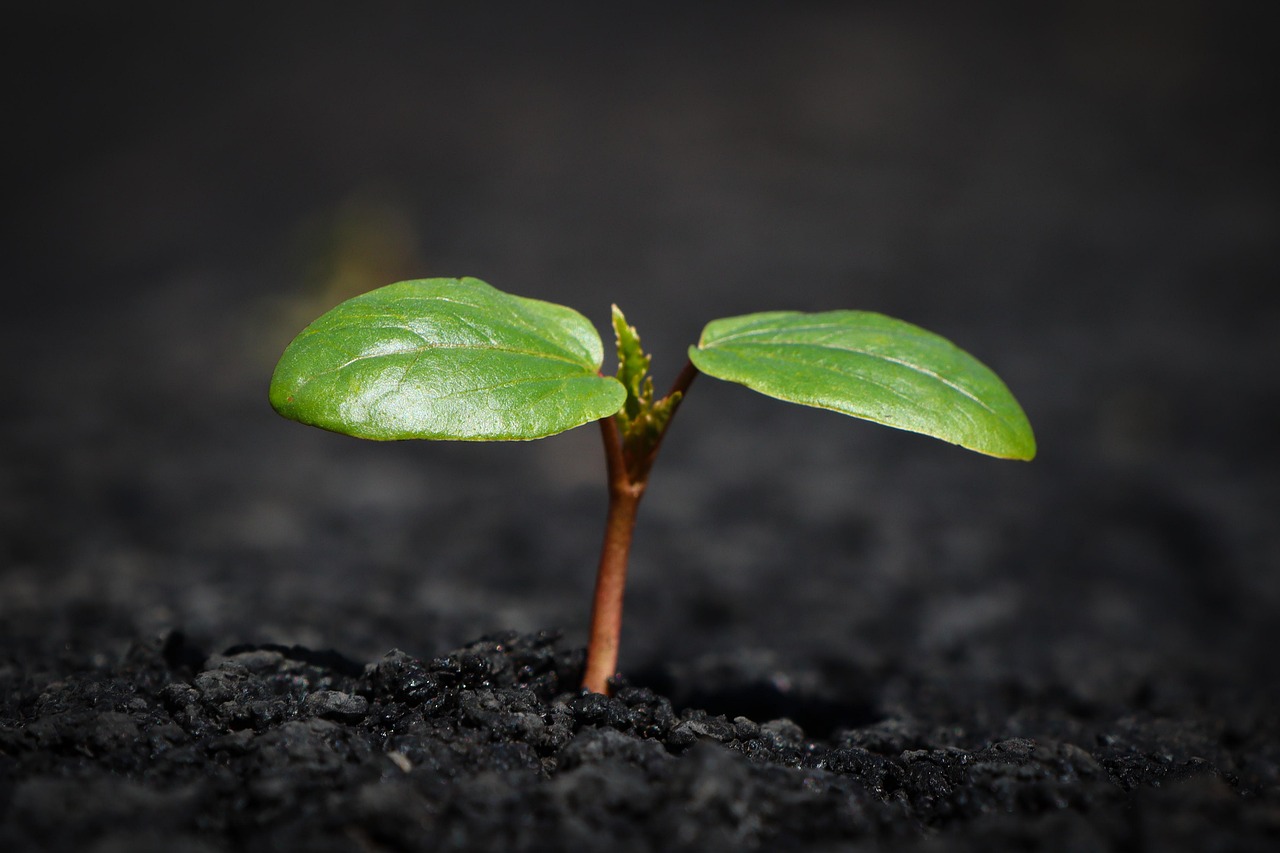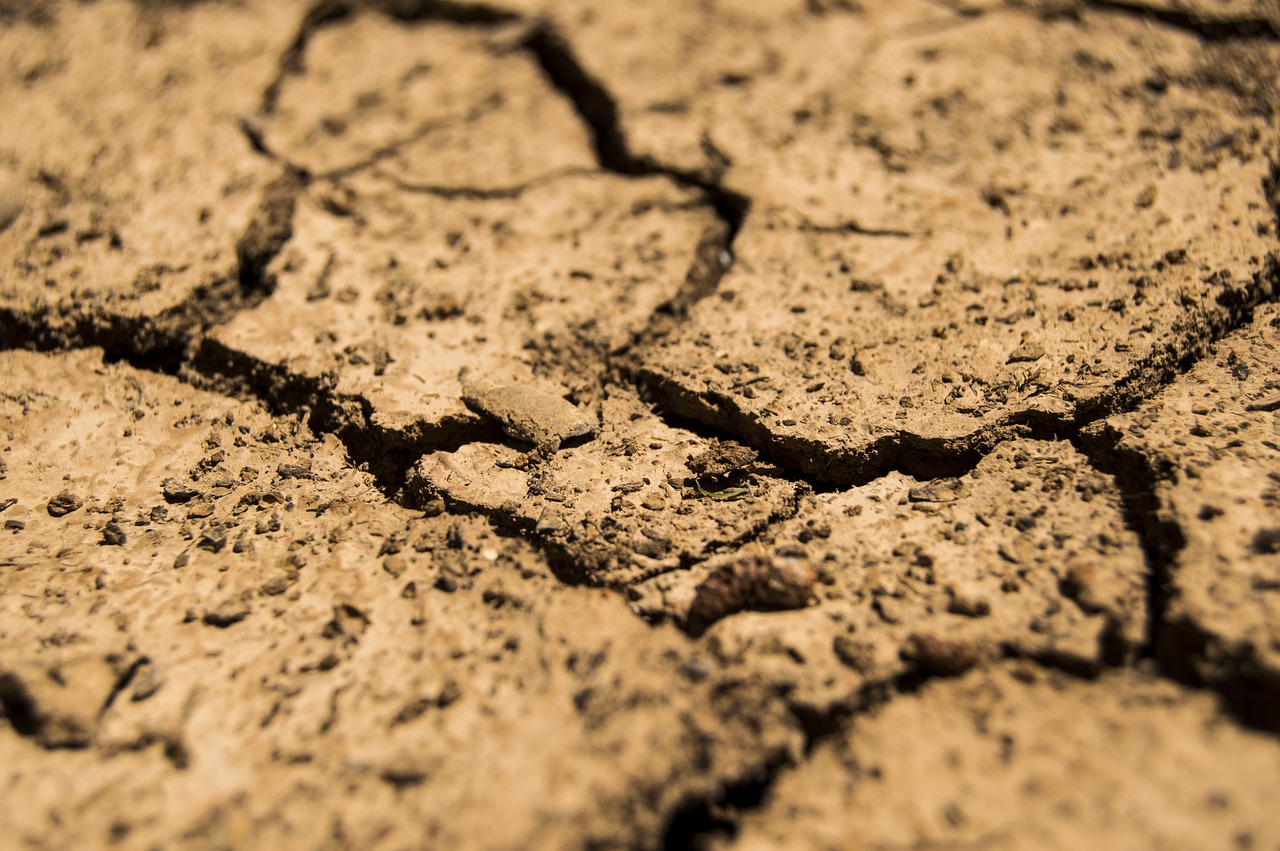Soil pH is a measure of the acidity or alkalinity of soil, which significantly influences nutrient availability, microbial activity, and overall plant health. Maintaining an optimal soil pH is essential for ensuring that plants can absorb nutrients effectively and thrive in a garden environment.
Understanding Soil pH

Soil pH is measured on a scale from 0 to 14. A pH of 7 is considered neutral, while values below 7 indicate acidity, and values above 7 indicate alkalinity. The ideal pH range for most garden plants falls between 6.0 and 7.5. Within this range, nutrients are most accessible to plants. Outside of this range, nutrient deficiencies or toxicities can occur, adversely affecting plant growth.
The importance of soil pH extends beyond mere numbers. It affects various soil properties including structure, texture, and moisture retention. For example, acidic soils can lead to increased solubility of certain toxic elements like aluminum and manganese, which can impede plant growth. Conversely, alkaline soils may limit the availability of essential nutrients such as iron, zinc, and phosphorus.
The Role of Soil pH in Nutrient Availability
Nutrients in the soil exist in ionic forms and their availability to plants is heavily influenced by the soil’s pH level. Below is a table that highlights some key nutrients and their availability at different pH levels:
| Nutrient | Optimal pH Range | Effects of Low pH | Effects of High pH |
|---|---|---|---|
| Nitrogen | 6.0 – 7.5 | Deficiency symptoms | Can be available but less effective |
| Phosphorus | 6.0 – 7.5 | Limited uptake | Fixation in soil, unavailable to plants |
| Potassium | 6.0 – 7.5 | Deficiency symptoms | Relatively stable but may be less available |
| Calcium | 6.0 – 7.5 | Toxicity in extreme acidity | Deficiency symptoms |
| Iron | 6.0 – 7.5 | Toxicity in extreme acidity | Deficiency symptoms (chlorosis) |
This table illustrates how soil pH can either facilitate or hinder nutrient uptake. Understanding the relationship between soil pH and nutrient availability allows gardeners to make informed decisions about soil management practices.
Nutrient Deficiencies and Toxicities
When soil pH levels are outside the optimal range, plants may exhibit various symptoms related to nutrient deficiencies or toxicities. Deficiencies can manifest as yellowing leaves, stunted growth, or poor flowering and fruiting. On the other hand, toxic levels of certain elements can lead to root damage or reduced plant vigor.
The presence of beneficial microorganisms in the soil is also influenced by pH levels. These organisms play a crucial role in breaking down organic matter and facilitating nutrient availability. A balanced pH supports a diverse microbial community, which is essential for maintaining healthy soil ecosystems.
Testing and Adjusting Soil pH
A soil test is the best way to determine your garden’s pH level. Testing kits are widely available at gardening centers or through agricultural extensions. Once you know your soil’s pH, you can make adjustments if necessary.
- If your soil is too acidic (below 6.0), adding lime can help raise the pH.
- If the soil is too alkaline (above 7.5), adding sulfur or organic matter can help lower the pH.
Regular monitoring and adjustment of soil pH will contribute significantly to achieving optimal garden health and productivity.
Factors Influencing Soil pH
Several factors can influence the soil pH in your garden. Understanding these factors can help you manage soil conditions more effectively. These factors include soil composition, organic matter content, rainfall, and human activities. Each of these elements plays a role in determining the acidity or alkalinity of your soil.
Soil Composition
The mineral composition of the soil significantly impacts its pH. Soils that are rich in quartz tend to be more acidic, while those containing more calcium carbonate are generally more alkaline. Clay soils may also exhibit different pH levels compared to sandy soils due to their ability to retain nutrients and moisture.
Organic Matter
Organic matter plays a critical role in moderating soil pH. As organic matter decomposes, it releases organic acids, which can lower soil pH. Conversely, the addition of compost or well-rotted manure can help buffer pH levels, leading to a more stable environment for plants. Regular incorporation of organic matter can improve soil structure and nutrient availability.
Rainfall and Drainage
Rainfall affects soil pH through leaching, which is the process of washing away soluble substances from the soil. Areas with heavy rainfall may experience a decrease in soil pH over time due to the leaching of basic cations like calcium, magnesium, and potassium. In contrast, drier regions might see higher pH levels as evaporation concentrates salts in the soil.
Human Activities
Human activities can also alter soil pH significantly. Practices such as excessive fertilization, the use of chemical pesticides, and irrigation can lead to changes in soil acidity. For instance, nitrogen-based fertilizers can acidify the soil, while lime applications can increase alkalinity. It’s crucial for gardeners to be aware of their practices and monitor the effects on soil health.
The Impact of Soil pH on Plant Selection
Understanding soil pH is essential for selecting the right plants for your garden. Certain plants thrive in specific pH ranges, while others may struggle. Knowing your soil’s pH can guide you in making appropriate choices.
Acid-Loving Plants
Some plants prefer acidic soils with a pH below 6.0. These plants often exhibit vibrant colors and thrive in environments that other species may find challenging. Examples of acid-loving plants include:
- Blueberries
- Azeleas
- Rhododendrons
- Camellias
- Cranberries
Neutral to Alkaline Plants
Other plants are better suited to neutral or alkaline soils with a pH between 6.0 and 7.5 or above 7.5. These plants typically require different nutrient availability compared to their acid-loving counterparts. Examples include:
- Lavender
- Rosemary
- Thyme
- Most vegetables (e.g., tomatoes, peppers)
- Fruit trees (e.g., apple trees)
The Relationship Between Soil pH and Soil Microorganisms
The health of soil microorganisms is closely linked to soil pH levels. These microorganisms are vital for nutrient cycling, organic matter decomposition, and overall soil fertility. A balanced pH promotes a diverse range of beneficial organisms.
Beneficial Microorganisms
Bacteria and fungi are the primary microorganisms that contribute to soil health. They help break down organic matter and release nutrients that plants can absorb. However, extreme pH levels can negatively impact these microorganisms.
Effects of Low pH on Microorganisms
In highly acidic soils, certain beneficial bacteria may become less effective or die off, leading to reduced nutrient availability for plants.

Effects of High pH on Microorganisms
Similarly, alkaline conditions can inhibit microbial activity, leading to an imbalance in the soil ecosystem and reduced fertility.
Maintaining an optimal soil pH not only supports plant growth but also fosters a thriving community of microorganisms essential for garden health.
Practical Tips for Managing Soil pH

Effective management of soil pH is essential for achieving optimal garden health. There are several practical strategies that gardeners can employ to monitor and adjust soil pH to create the best conditions for plant growth. These strategies include regular testing, amendment applications, and proper irrigation practices.
Regular Soil Testing
Regular soil testing is the cornerstone of effective soil management. By knowing your soil’s pH, you can make informed decisions about amendments and plant selection. It is advisable to test your soil at least once a year or every two years. Here are some steps to follow:
- Collect Soil Samples: Take samples from various spots in your garden to get an accurate representation of the overall soil condition.
- Use a Testing Kit: Purchase a soil testing kit or send samples to a local extension service for analysis.
- Analyze Results: Review the pH results along with nutrient levels to determine necessary amendments.
Amendments for pH Adjustment
Depending on the test results, you may need to adjust your soil pH. Here are common amendments used for raising or lowering soil pH:
To Raise Soil pH (Reduce Acidity)
If your soil is too acidic, consider the following amendments:
- Lime: Ground limestone is the most common amendment used to raise pH levels. It works slowly and is best applied in the fall.
- Poultry Manure: This organic amendment can also raise pH while adding nutrients, but it should be composted before application.
- Wood Ash: A good source of potassium that can also help increase soil alkalinity. Use in moderation, as excessive amounts can lead to high pH levels.
To Lower Soil pH (Increase Acidity)
If your soil is too alkaline, consider these options:
- Sulfur: Elemental sulfur can effectively lower pH over time. It is best applied in small amounts and worked into the soil.
- Organic Matter: Adding compost or peat moss can help acidify the soil while improving its structure and fertility.
- Ammonsulfate Fertilizers: These fertilizers release sulfur when applied and can help lower the pH in the long term.
Irrigation Practices
Irrigation can also influence soil pH levels. The source of water used for irrigation may have its own pH level that could affect your garden’s overall acidity or alkalinity. Here are some tips to consider:
- Test Your Water Source: Regularly check the pH of your irrigation water, especially if using well water or municipal sources known to contain minerals.
- Avoid Over-Irrigation: Excess water can lead to leaching of nutrients and changes in soil pH. Ensure that you follow best practices for irrigation based on plant needs.
- Use Rainwater: Collecting rainwater can be beneficial since it typically has a neutral pH, promoting optimal conditions for plants.
Understanding the Seasonal Effects on Soil pH
The seasons can influence soil pH, and being aware of these changes will help you manage your garden effectively throughout the year. Various environmental factors contribute to seasonal fluctuations in soil acidity and alkalinity.
Winter Effects
In colder months, processes like freezing and thawing can affect soil structure and potentially alter pH levels. Snowmelt and heavy rain can lead to leaching, especially in areas with high precipitation. Gardeners should monitor their soil and be prepared to adjust pH levels as spring approaches.
Spring and Summer Effects
During the growing season, plant uptake of nutrients can influence soil pH. As plants absorb nutrients, they may release organic acids into the soil, affecting its acidity. Regular monitoring during these months can help ensure that any necessary amendments are applied timely.
Fall Effects
The fall season is an excellent time to test soil and apply amendments, especially lime, before winter. This allows for better adjustment of pH levels as the amendments can start working during the dormant season.
Understanding these seasonal effects helps gardeners anticipate changes and maintain optimal conditions for plant health throughout the year.
Common Misconceptions About Soil pH

When it comes to soil pH, several misconceptions can lead to confusion among gardeners. Addressing these misunderstandings is essential for effective soil management and plant health.
Myth: Soil pH is Static
Many people believe that soil pH remains constant over time. In reality, soil pH can fluctuate due to various factors, including rainfall, plant growth, and the addition of fertilizers or amendments. Regular testing is crucial to monitor these changes and maintain optimal conditions.
Myth: All Plants Require the Same Soil pH
Another common misconception is that all plants thrive in a similar pH range. However, different plants have varying pH preferences. For instance, while most vegetables prefer a neutral to slightly acidic pH, other plants like blueberries thrive in more acidic conditions. Understanding these preferences is vital for successful gardening.
Myth: Adjusting pH is a Quick Fix
Some gardeners may think that adjusting soil pH can be accomplished quickly with amendments. However, changes in soil pH take time and may require repeated applications of lime or sulfur. Patience and consistent monitoring are necessary for achieving desired results.
Case Studies: Successful Soil pH Management
Real-life examples can highlight the importance of managing soil pH effectively. Below are two case studies that showcase successful adjustments and their impact on garden health.
Case Study 1: Vegetable Garden Revitalization
A home gardener noticed poor growth and yellowing leaves in their vegetable garden. After conducting a soil test, they discovered a pH of 5.2, which was too acidic for their crops. They applied lime gradually over several months, monitored the pH regularly, and by the next growing season, the pH had risen to 6.5. As a result, the vegetable yield increased significantly, and the plants exhibited vibrant health.
Case Study 2: Flower Bed Transformation
A landscaper observed that a flower bed containing azaleas was thriving while nearby plants were struggling. After testing the soil, it was found that the pH was around 6.0 in the azalea bed but 7.8 in the adjacent flower bed. To balance the pH levels, they amended the alkaline soil with sulfur and organic matter. Within a year, both areas flourished as the soil became more hospitable for a wider variety of plants.
Final Thoughts
Understanding soil pH is crucial for any gardener who wants to achieve thriving plant health and productivity. Soil pH affects nutrient availability, microbial activity, and overall soil structure, influencing the success of your garden. Regular testing, careful monitoring, and appropriate adjustments are essential practices for maintaining optimal pH levels.
Moreover, recognizing the specific needs of different plants in relation to soil pH allows gardeners to make informed decisions about plant selection and care. By addressing misconceptions about soil pH and learning from successful case studies, gardeners can navigate the complexities of soil management more effectively.
Ultimately, maintaining balanced soil pH is an ongoing process that contributes significantly to garden health. With diligence and knowledge, anyone can create an environment where plants flourish, leading to a beautiful and productive garden.
